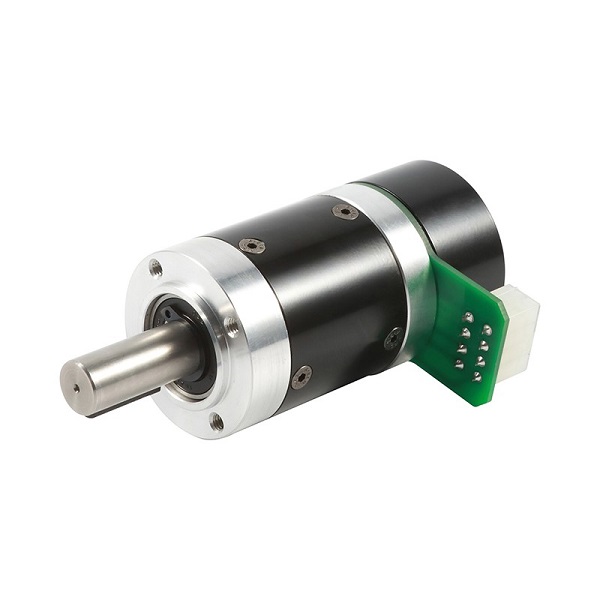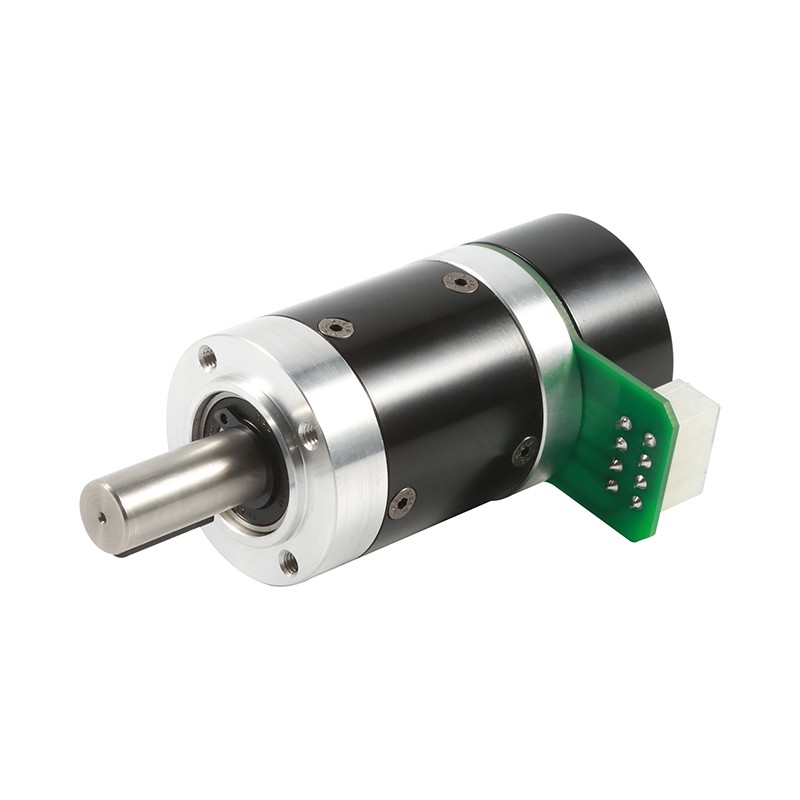Are outrunner motors better?
 Mar 20, 2025|
Mar 20, 2025| View:71
View:71
Since the technology of brushless DC motors (BLDC) matured in the early 21st century, the Brushless DC Outrunner Motor has gradually become the core power choice in the fields of drones, electric vehicles, and industrial equipment, thanks to its unique structure and performance advantages. Compared with the traditional inner rotor design, the BLDC Outrunner Motor achieves a dual breakthrough in torque density and heat dissipation efficiency by placing permanent magnets on the rotating shell. This article will comprehensively explore the proposition of Are Outrunner Motors Better from aspects such as mechanical design, dynamic performance, and adaptability to multiple scenarios, providing a scientific basis for engineers and industry decision-makers to select the appropriate motor.
Structural Characteristics and Working Principle of the Outrunner Motor
The core innovation of the BLDC Outrunner Motor lies in its topological structure of "rotor outside, stator inside":
Permanent Magnet Layout: Multipolar annular permanent magnets (commonly made of neodymium iron boron material) are embedded in the rotor shell, and the stator windings are fixed on the central axis of the motor. A rotating magnetic field is generated through electronic commutation to drive the shell to rotate.
Torque Generation Mechanism: Due to the larger distance between the permanent magnet and the air gap, the outrunner design can provide a higher torque density (30%-50% higher than that of an inner rotor motor of the same volume), which is particularly suitable for scenarios with low speed and high torque (such as the propellers of drones and the hubs of electric skateboards).
Thermal Management Optimization: The centrifugal force generated by the rotation of the shell accelerates the air flow. Combined with the high thermal conductivity of the aluminum alloy shell, it significantly reduces the temperature rise of the windings (experimental data shows that the continuous working temperature is 15°C-20°C lower than that of the inner rotor).

Pros and?Cons of the Outrunner Motor
Torque and Efficiencies Benefits
Higher Torque: The outrunner motor has a wider magnetic pole action radius, allowing a larger torque output under?constant current. Such as a certain BLDC Outrunner Motor (50mm diameter) torque output 1.2N·m / 3000rpm, a similar?inner rotor motor is only 0.8N·m.
Wide High-efficiency Range: The efficiency of the outrunner motor exceeds 85% in the rated speed range of 20%-80%, which is suitable for applications?with frequent speed changes (for example, the plant protection operation of agricultural drones).
Volume vs Weight?trade-off
Space Occupancy: The diameter of?the outrunner motor is typically 20%-40% larger than that of the inner rotor, but the axial length is smaller. To?illustrate, an outrunner design for hub motors can harness the hub's internal space.
Reducing Weight: The weight of a Brushless DC Outrunner Motor with a carbon fiber composite casing (for models specifically designed?for drones) is about 25% lighter without compromising structural strength.
Limitations and Use Case Scenarios
High-speed Performance Restriction: Subject to centrifugal force and?mechanical strength, the outrunner motor has a speed generally lower than 100,000rpm, whereas the speed of the inner rotor can exceed 150,000rpm (applicable to ultra-high speed tooling, like dental drilling tool).
Control Complexity: The?outer rotor motor needs a more accurate position sensor(such as Hall or optical encoder), and the design of electromagnetic interference shielding is more complex.
Typical Application Scenarios of the Outrunner Motor
Drones and Model Aircraft
The design of the outrunner motor directly driving the propeller can reduce the loss of gear transmission and increase the flight endurance by 15%-20%. Its high torque characteristics support a larger propeller diameter, enhancing the hovering stability.
Electric Vehicles and Mobile Robots
The hub-type BLDC Outrunner Motor is integrated into the wheels of electric vehicles, enabling direct drive and energy recovery. For example, the Segway self-balancing scooter adopts this design, and the torque response delay is less than 50ms.
Industrial Automation and Precision Equipment
In the robotic arm for handling semiconductor wafers, the outrunner motor integrates cable pipelines through the design of a hollow shaft, saving external wiring space and meeting the low-vibration requirements of the clean room (vibration amplitude < 0.1μm).
Initial Cost: Due to the complex structure, the price of the outrunner motor is usually 10%-30% higher than that of the inner rotor of the same level, but the long-term maintenance cost is lower (no brush wear, and the bearing life is extended by 50%).
Maintenance Convenience: The stator windings of the inner rotor motor are easier to inspect and repair, while the outrunner motor requires the disassembly of the shell and has higher requirements for assembly precision (tolerance ±0.02mm).
Technical Trends: Intelligence and Material Innovation of the Outrunner Motor
Integrated Drive System
The latest BLDC Outrunner Motor combines the controller, sensor and the motor body, allowing temperature measurement, which provides real-time temperature monitoring and fault prediction.
Application of New Materials
The?silicon nitride ceramic bearings used, coupled with graphene-reinforced composite shells, mean the reliability of the outrunner motor is boosted by 40% in both high-t/ured and corrosive circumstances (?40C to 200C).
Sensorless Control Technology
Back electromotive force (BEMF) based sensorless control can?replace conventional Hall sensors, which means to decrease the system expense, and enhance the resistance to earthquake.
Conclusion: The Value Positioning and Future Prospects of the Outrunner Motor
From structural innovation to scene adaptation, the Brushless DC Outrunner Motor demonstrates its irreplaceability in specific fields with its high torque, excellent heat dissipation, and space efficiency. Although its high-speed performance and cost threshold are still challenges, with the progress of materials science and control algorithms, the outrunner motor will continue to expand its application boundaries in the fields of new energy transportation, high-end manufacturing, and consumer electronics. For engineers, the answer to whether it is "better" will ultimately return to the balance between the performance requirements of specific scenarios and technical economy.

































